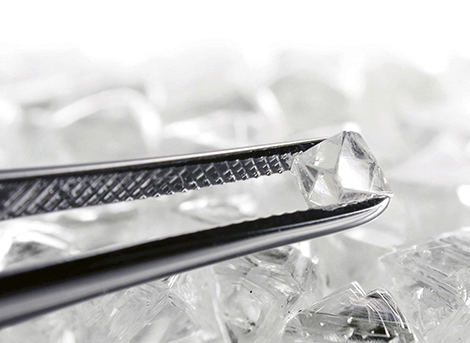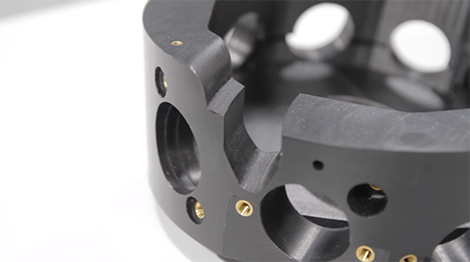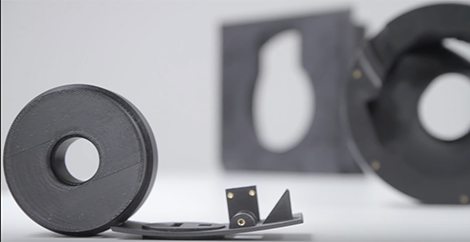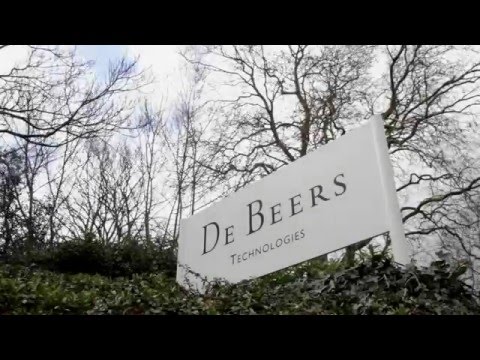
The traditional methods look nice in marketing material, but in reality it’s a machine doing the sorting
While De Beers is the world leader in diamond exploration, mining, processing and retailing, supporting these activities is its R&D centre in Maidenhead, known as De Beers Technologies UK.
Here, the company’s engineers create automated methods for verifying and sorting diamonds, as well as machines that ensure all synthetics and treatments can be detected.
Some of the machines are required to operate at speeds of up to 8 diamonds per second to produce assortments according to size, shape, colour and clarity – posing some difficult challenges for its design team.
//giphy.com/embed/Inx8ogl6xLHy0
It’s application of 3D printing to its prototyping and end part production has helped the company transcend the barriers of traditional processes such as machining and casting, giving them new levels of design freedom and enabling De Beers Technologies machines to work with incredible accuracy and speed.
“Whenever I come up with an idea the first thought is always ‘will it work’,” says senior mechanical engineer Andrew Portsmouth. “Now, however, we can put it on the [Stratasys] Fortus overnight so that the next day we are testing it, assessing it, and figuring out any limitations.
“We can then modify the design and put it back on the 3D printer overnight. The following morning we are testing the next iteration. In terms of reducing development time, it’s impossible to put a value on what 3D printing has saved us.”
The Fortus 360mc machine is available to the design and engineering teams 24 hours a day, 7 days a week, and by having it in-house, they are able to fit R&D parts between production part builds to produce prototypes or test pieces in a much quicker fashion.”

An optical measurement cell housing, 3D printed for use in a De Beers Technologies machine
A good example of a component is for one of De Beers’ diamond sorting machines: an optical measurement cell housing with an external diameter of around 250mm, containing a number of complex features.
“The way it’s been designed means there is no other way to make it than with additive manufacturing, and it has many benefits because of that,” says Portsmouth.
“Manufacturing it on the Fortus 360mc represented a three- or four-fold reduction in production cost compared with than the previous machining method simply because it’s a much cheaper process. Today, it feels like we print anything and everything: it’s the flexibility and the change in the way we innovate that’s really made the difference here.”
As a result of De Beers’ success with its Fortus 360mc, the company has now ventured down the route of investing in a second Stratasys machine and support from reseller SYS, to add the flexibility of different material types, colours and to alleviate some of the capacity demands on the existing machine.
“Avenues that weren’t available to us as engineers now are,” says Portsmouth. “In fact, we are now designing parts purely to take advantage of 3D printing, and forgetting the restrictions that conventional processes such as machining or casting bring.”

A range of prototype and end use 3D printed parts






